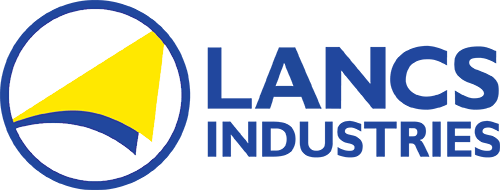Contact Us
Blog Short Form
"*" indicates required fields
In the pharmaceutical industry, maintaining the integrity of containment systems is not just a regulatory requirement; it’s a crucial component of ensuring the safety and efficacy of your products. Pharmaceutical containment systems are designed to control the exposure of products and personnel to unwanted contaminants and conditions. Proper maintenance of these systems, such as pharmaceutical isolators and clean rooms, is essential for their effective operation and longevity.
Routine Inspection and Maintenance
Pharmaceutical containment systems should be inspected for integrity and performance after each use. This frequent inspection ensures that any potential compromise in the containment can be addressed before it leads to contamination or safety issues. The inspection should include checks for:
- Integrity of filters and seals.
- Proper function of air handling systems.
- Structural stability of the containment unit.
Each containment system, including flexible pharmaceutical containment systems, come with manufacturer guidelines that outline specific maintenance protocols, which should be followed diligently to ensure optimal performance and compliance with industry standards.
Cleaning Protocols
Keeping pharmaceutical containments clean is paramount. The cleaning process should be thorough, using approved disinfectants that do not damage the containment materials. Here are recommended steps for effective cleaning:
- Remove all visible debris and residues from surfaces using soft brushes or clean cloths to avoid scratching or damaging the containment surface.
- Apply suitable disinfectants carefully according to the manufacturer’s instructions, ensuring all areas are well-covered without pooling.
- Rinse if necessary (depending on the disinfectant used) to remove any chemical residue that could interfere with pharmaceutical processes.
- Dry the surfaces thoroughly to prevent the growth of mold or bacteria that thrive in moist environments.
Adhering to a strict cleaning schedule helps maintain the operational integrity and extends the life of the containment systems.
Containment Upgrade Strategies
Over time, containment systems may require upgrades due to wear and tear or due to changes in regulatory requirements. It’s important to consider the shelf life and usage frequency of the containment materials. Common upgrades include:
- Replacement of HEPA filters to maintain air quality.
- Installation of newer, more durable materials to replace those that show signs of wear such as tears, pinholes, and discoloration.
- Enhancements in the automation of containment systems to improve efficiency and safety.
Upgrades should be planned during routine maintenance checks and integrated into the overall maintenance schedule to minimize disruption to pharmaceutical production processes.
Integrating Training and Compliance
Proper training for personnel is essential for the effective maintenance of pharmaceutical containments. Employees should be familiar with:
- The operational principles of containment systems.
- The correct procedures for cleaning and maintenance.
- Emergency procedures for containment breach or failure.
Regular training updates are necessary to keep pace with technological advancements and regulatory changes in the industry.
Maintaining your non-flexible and flexible pharmaceutical containment solutions is critical for ensuring product safety and regulatory compliance. By conducting regular inspections, adhering to rigorous cleaning protocols, implementing timely upgrades, and ensuring thorough training for all personnel, pharmaceutical companies can maintain the efficacy of their pharmaceutical isolators and other containment systems. Remember, the goal is not just to meet current safety standards but to exceed them, thereby safeguarding both the product and the people involved in its production.

Learn more about Lancs Industries and how they have been the leaders in radiation shielding for over 50 years. Find out more about their founder, where they've been and where they're going.
Subscribe to our Newsletter
Get industry updates and new blogs straight to your inbox.
"*" indicates required fields

